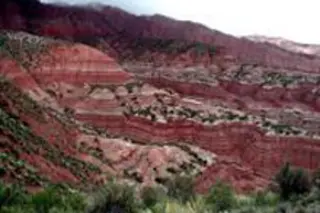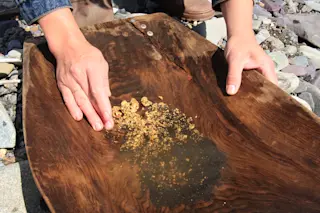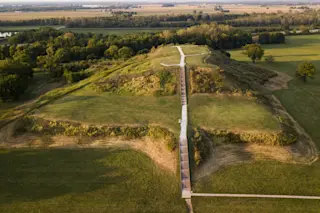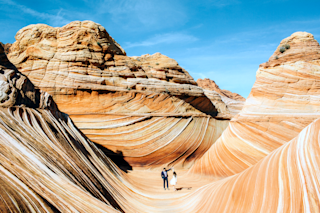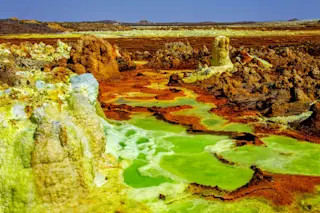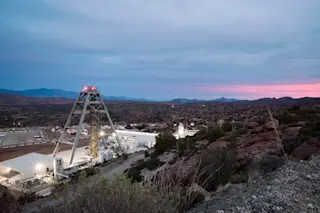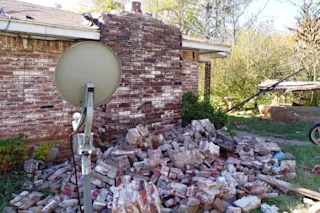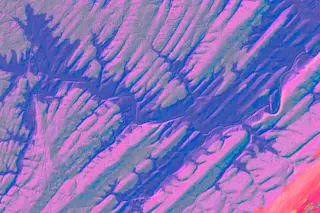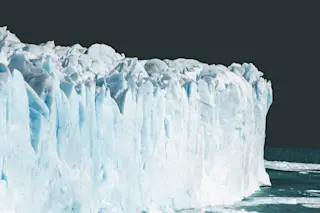According to conventional wisdom, the towering Andes were formed slowly and gradually over 40 million years, as two tectonic plates gradually collided and buckled the earth's surface. Now a new study is revising that theory, and proposing that the mountain chain burst upwards in a growth spurt between 10 and 6 million years ago, a mere blink of an eye in geological terms. The new research doesn't dispute that the mountain range was formed in the collision of two tectonic plates — the dense Nazca Plate that underlies the Pacific Ocean and the lighter South American plate. But it adds a twist, saying that at one point during the long crash the mountains were suddenly freed of a heavy load and shot upwards towards the heavens. Researchers from the California Institute of Technology focused on a mountain region on the border between Bolivia and Peru, which has an average elevation ...
The Andes Had a Teenaged Growth Spurt
Discover the Andes mountain formation: a sudden growth spurt revealed by new research into tectonic plates collision.
More on Discover
Stay Curious
SubscribeTo The Magazine
Save up to 40% off the cover price when you subscribe to Discover magazine.
Subscribe

